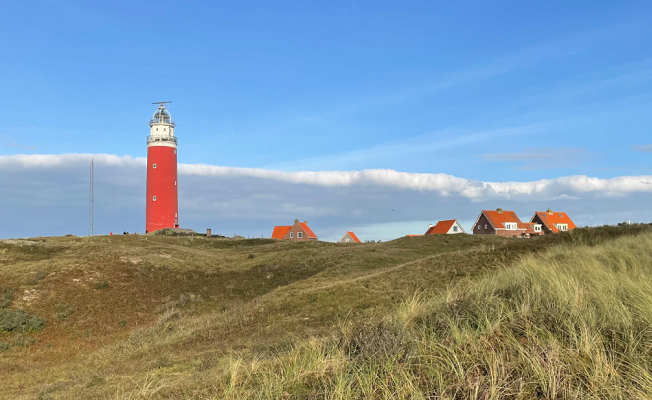In a press briefing to announce that EE had passed half a million LTE subscribers in the UK, Mansoor Hanif, the operator’s director of RAN development, said one of the reasons why rivals had so far failed to launch 4G was that they did not share EE’s “sense of mission” – namely having partners in place (and a “fantastic team”) committed to a “single goal”.
When pushed by Mobile World Live to expand, he said there was “complacency” among other UK network operators.
“We really respect our competition,” insisted Hanif, while nonetheless casting aspersions on the ability of Vodafone and Telefonica’s O2 – which have a network sharing agreement in the UK – to work well together.
“I’ve been reading from press reports and our suppliers that they are not seeing eye-to-eye,” he said.
Hanif was hesitant to go into detail – “You’ll have to ask our suppliers what they think,” he said – but described the relationship between Vodafone and O2 as “very strange”.
“They have split network responsibility in the UK, so O2 covers one half and Vodafone the other,” he observed. “That makes it very difficult for them to coordinate a [consistent] nationwide service. We have not split up network responsibility on a geographical basis.”
When Mobile World Live put these comments to Vodafone, it was quick to refute them.
“It’s interesting to see that EE appears to be obsessed with what its rivals are up to instead of thinking about its customers,” said a spokesperson. “That’s great news for us as we prepare to launch our 4G service.”
The Vodafone spokesperson added that the network sharing agreement with O2 is going “very well”.
EE, a joint venture between the UK operations of France Telecom and Deutsche Telekom – and which also shares network assets with Hutchison’s 3UK – has arguably the greatest network sharing experience in Europe. And making sure that all parties concerned share the same goal – and stick to their task – takes a long time to achieve, says the RAN development director.
“The fact that Vodafone recently increased its capital spending perhaps suggests that it thought [LTE rollout] was going to be easier than it was,” added Hanif.
Hanif was dismissive of recent comments made by Vittorio Colao, Vodafone’s chief executive, that only LTE running on 800MHz was “true LTE”.
Using its 1800MHz assets, EE is trialling “double-speed 4G” in 10 UK cities capable of headline download speeds of up to 80Mb/s and with average speeds in the 24-30Mb/s range – double EE’s current LTE data speeds.
“Having something in your hand that works is true,” said Hanif, “not something that hasn’t been launched yet.”
As part of the press briefing, EE said the higher data speeds will be available commercially in a matter of weeks, along with the UK’s first 4G shared data plans and pay-as-you-go 4G.
Vodafone says it is targeting a “late summer” LTE launch in the UK, saying it’s on track for 98 per cent in-building coverage in the UK by the end of 2015.
EE has set an outdoor population coverage target of 98 per cent by the end of 2014 (coverage is currently over 50 per cent). Hanif told Mobile World Live that EE has not set any indoor coverage targets “but is always aiming to be better than competitors”.
He denied that having less 800MHz spectrum (2x5MHz) than Vodafone and O2 (2x10MHz each) was a handicap in achieving in-building coverage.
EE launched LTE in the UK on 30 October 2012. With more than 500,000 4G subscribers now signed up, EE claims it has achieved the fastest rate of LTE customer take-up in Europe.
EE has the only commercial LTE network in the UK to date. “We feel a bit lonely,” noted Hanif.










Comments